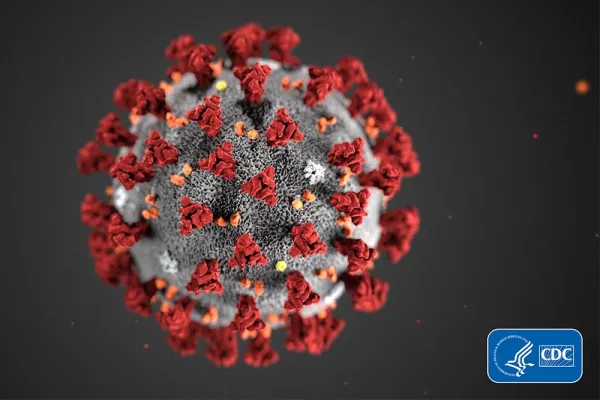Message from our Director regarding COVID-19

Due to the ongoing pandemic around the world, please stay informed and up to date on developments regarding the CoronaVirus (COVID-19). At this time, the Administrative District Council of Eastern Missouri has cancelled all upcoming membership meetings, continue to check back for further developments.
The following is a COVID-19 overview from the Occupational Safety and Health Administration (OSHA) and more information can be found on OSHA.gov.
Again, the Administrative District Council of Eastern Missouri has cancelled all upcoming membership meetings, and the ADC Offices will remain open at this time. If you have any questions, please contact us at the Hall.
Fraternally,
Brian Jennewein,
Director, BAC ADC of Eastern Missouri
OVERVIEW
OSHA's website provides information for workers and employers about the evolving coronavirus outbreak first identified in Wuhan City, Hubei Province, China. The information includes links to interim guidance and other resources for preventing exposures to, and infection with, the novel coronavirus—now officially named COVID-19.
According to the U.S. Centers for Disease Control and Prevention (CDC), Chinese authorities identified the new coronavirus, which has resulted in confirmed human infections in China and a growing number of other countries, including the United States. Infected patients have also spread the virus to healthcare workers. The latest situation summary updates are available on CDC’s COVID-19 webpage.
There is no evidence of widespread transmission of COVID-19 in the United States at this time. Without sustained human-to-human transmission, most American workers are not at significant risk of infection. Exposure risk may be elevated for some workers who interact with potentially infected travelers from abroad, including those involved in:
- Healthcare
- Deathcare
- Laboratories
- Airline operations
- Border protection
- Solid waste and wastewater management
- Travel to areas, including parts of China, where the virus is spreading
There is much more to learn about the transmissibility, severity, and other features associated with COVID-19 as the outbreak investigation continues. Infected people can spread COVID-19 through their respiratory secretions, especially when they cough or sneeze. According to the CDC, spread from person-to-person is most likely among close contacts (about 6 feet). Person-to-person spread is thought to occur mainly via respiratory droplets produced when an infected person coughs or sneezes, similar to how influenza and other respiratory pathogens spread. These droplets can land in the mouths or noses of people who are nearby or possibly be inhaled into the lungs. It’s currently unknown if a person can get COVID-19 by touching a surface or object that has the virus on it and then touching their own mouth, nose, or possibly their eyes.
In addition to this OSHA guidance, employers and workers should consult interim CDC guidance specific to COVID-19. CDC also provides tips on what the general public should do during the ongoing outbreak.
